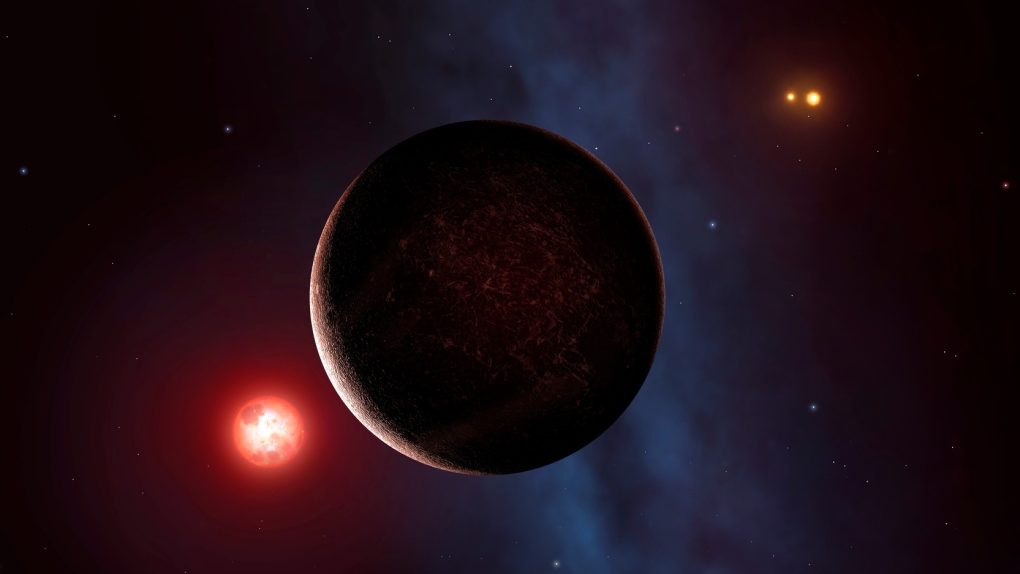In January, NASA revealed that astronomers had discovered yet another potentially habitable planet orbiting the star TOI-700. That discovery brought the light the possibility that we had uncovered a pair of potentially habitable planets, both of which were situated within the habitable zone of their small star.
Finding potentially habitable planets, let alone a pair of habitable planet candidates, isn’t easy. Because TOI-700 is located roughly 100 light-years from Earth, the chance of humans visiting these planets is improbable. But, this system could still be a perfectly reliable candidate for the search for alien life, researchers shared in a piece on The Conversation.
According to that piece, the discovery of a pair of potentially habitable planets means that there is a good chance that one or both of those planets could harbor liquid water, an important piece of the puzzle needed for a planet to support any kind of life. The most recent discovery, TOI-700 e, stands out, though, because of how well-suited it is for future discoveries, the researchers say.
One of the biggest reasons astronomers have put so much weight on discovering these types of exoplanets is because of how unsuccessful the search for life beyond Earth has been. But, each time we discover a potentially habitable planet, the possibilities of finding evidence are once more lit anew. This pair of potentially habitable planets could offer a much-needed smoking gun for astronomers.
And with 5,000 known exoplanets out there, discovering new ones that could offer life-sustaining environments is a huge discovery. Of course, determining whether or not this pair of potentially habitable planets is actually habitable is another matter altogether. Hopefully, with new technology like the James Webb Space Telescope, we can find more evidence to rely on.








